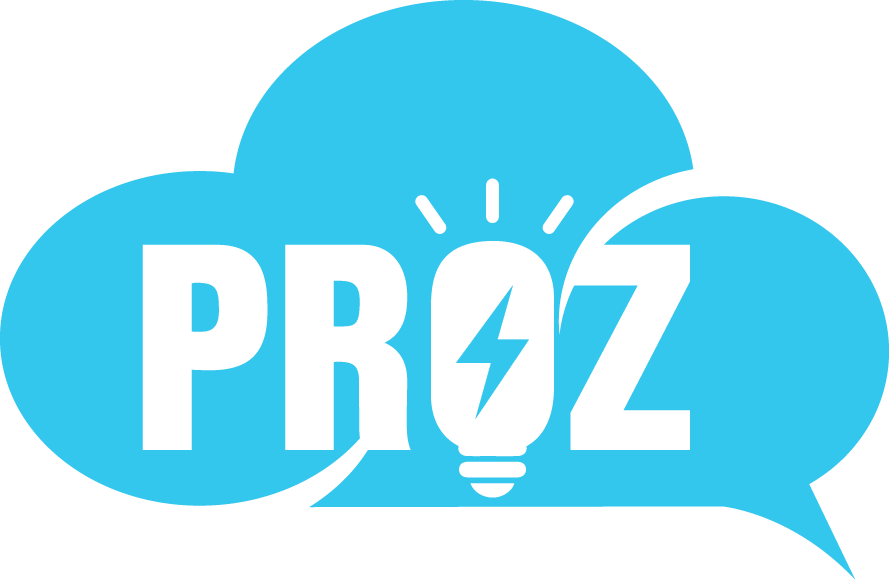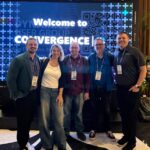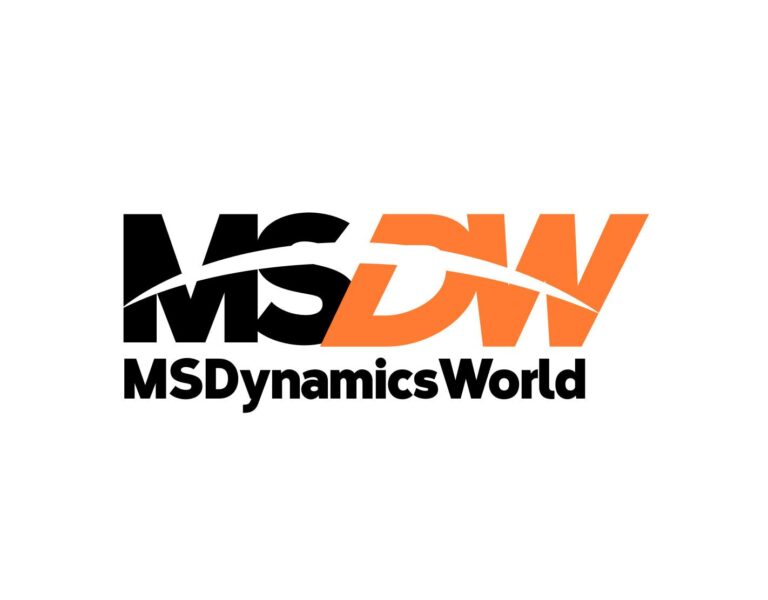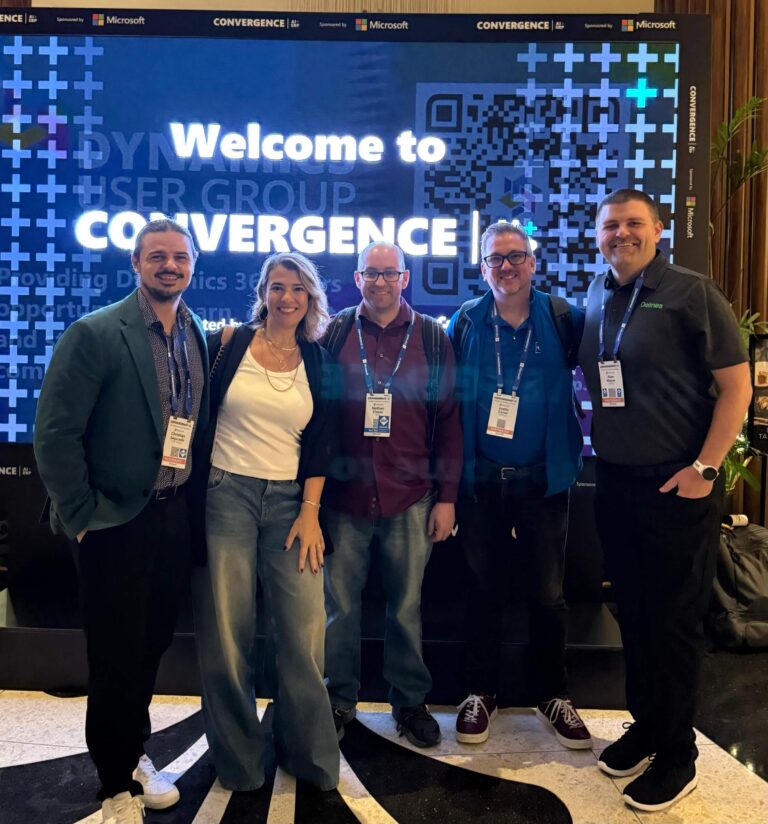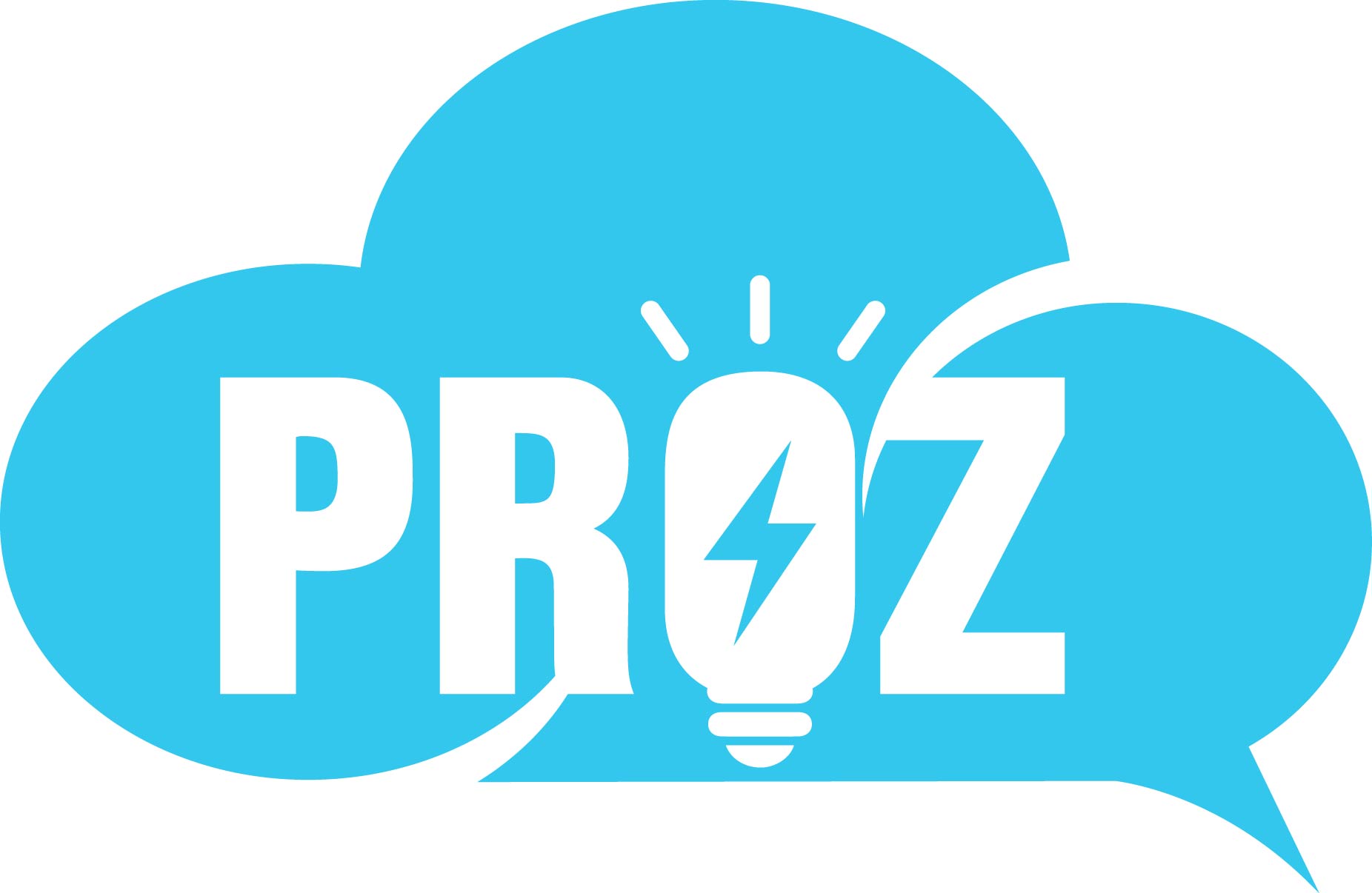The B2B buying experience is no longer about email blasts, PDF pitch decks, and a one-size-fits-all follow-up from sales. Buyers are smarter, journeys are messier, and expectations are higher — shaped by intuitive B2C touchpoints like Amazon and Netflix.
But here’s the hard truth: most B2B companies are still personalizing like it’s 2012.
To win today, personalization needs to go way beyond “Dear {{FirstName}}.” It must account for buying groups, cross-functional decisions, longer sales cycles, and the rise of AI agents brokering information on your buyer’s behalf.
Let’s unpack the four real reasons B2B personalization often fails — and how to avoid becoming another statistic.
The four (fixable) problems with B2B personalization
1. You’re selling to a committee, not a contact
Most B2B deals involve 6–10 stakeholders. A single sale might require buy-in from Procurement, Legal, Ops, Finance, and two Directors who each think they’re the actual decision-maker.
What to do instead:
Build stakeholder personas, not individual customer profiles.
If you’re a manufacturing firm selling industrial packaging equipment, your sales motion isn’t about winning over one buyer, but rather aligning across a multi-headed decision-making unit, where each has a different priority.
- Procurement → unit price, contract terms, vendor reliability
- Operations → machine uptime, throughput, ease of maintenance
- Finance → cost savings, ROI,lease vs. buy options
- Sustainability lead → recyclable materials, energy efficiency, emissions
- Engineering → CAD specs, technical certifications, fit with existing line equipment
Each of these stakeholders has different concerns, KPIs, and even language. Personalization means showing the right value proposition to the right person, at the right time in the buying cycle.
2. Your data lives in silos and dies in meetings
CRM data only shows part of the story. Marketing automation carries another, and sales, well, they have whatever’s in someone’s brain or Slack DMs. Good luck personalizing anything.
What to do instead:
Start with unification, not AI.
Integrate the systems that matter most: CRM, order history, engagement data, support tickets. Whether you’re a SaaS company or selling forklifts, your personalization strategy is only as strong as your ability to answer this question in real-time:
“What’s this account trying to solve, and who’s involved in solving it?”
Here’s a simple gut-check: If this buyer walked into your hypothetical storefront, could you answer these three questions without blinking?
1. Who are they?
2. Why are they here?
3. What have we already discussed?
If you can’t answer those, you’re not personalizing — you’re guessing or generalizing.
You don’t need every datapoint, just the specifics in the same place, stitched together in a way that tells a story.
3. Your teams are misaligned and operating in silos
Marketing pushes MQLs, sales filters through them, and customer success waits in the wings until the deal is closed; there’s no shared direction.
What to do instead:
Blow up your funnel model and align teams around account progression, not handoffs.
Create shared KPIs across marketing, sales, and CS — things like:
- Time-to-decision
- Percentage of stakeholders engaged
- Expansion readiness
- Product adoption milestones
For example, if you’re selling industrial manufacturing equipment, marketing may run targeted campaigns to operations and procurement leaders in specific verticals, while sales picks up the account with personalized outreach based on plant size and production type.
Concurrently, customer success will begin preparing the post-sales deployment plan tailored to the customer’s factory floor layout and maintenance schedule — before the ink is dry.
When everyone is aligned around to move the account forward — not protecting their turf — personalization becomes a team sport.
4. You’re too slow for how fast the tech (and your buyers) are moving
Your buyer just read three competitor case studies, asked ChatGPT for a pricing comparison, and watched your product demo — all before your SDR even picked up the phone.
What to do instead:
Use tech to accelerate, not just automate
- Feed real-time intent signals to sellers
- Build dynamic nurture tracks based on buying stage and role
- Use predictive lead scoring per buying group, not per contact
Selling physical goods? Have your site adapt dynamically based on whether the visitor is from IT, logistics, or procurement — surfacing the content that answers their questions before they ever fill out a form.
A modern framework: Listen. Decide. Activate. Analyze.
Let’s make this real. Here’s how a mid-sized industrial equipment manufacturer used personalization to land and expand a high-value customer, faster than ever before.
Here’s what that looked like in the real world.
Listen — map the buyerverse
A prospect from a national food packaging company visited the website and browsed several product pages, including energy-efficient case erectors and modular conveyor systems.
Instead of treating them like a generic lead, the firm captured and analyzed key signals:
- The visitor came from a known ABM target account.
- Engagement was spread across three roles: operations, procurement, and sustainability.
- One viewer spent five minutes on a page featuring carbon emissions savings.
They didn’t just capture a form fill. They captured intent and stakeholder context.
Decide — make it personal and predictive
With multiple roles engaged, the sales team prioritized the account for high-touch outreach, but instead of sending a generic follow-up, they tailored the motion:
- Procurement received a breakdown of pricing tiers and ROI comparisons.
- Operations received a video demo focused on uptime and ease of maintenance.
- The sustainability lead was sent a white paper on how the same systems reduced emissions by 30% in a similar facility.
The customer didn’t have to guess who would be the best company – they decided based on data from real interactions.
Activate — deliver content that closes
Over the next two weeks, marketing and sales coordinated personalized outreach:
- Dynamic content on the website changed based on returning visitor profiles.
- Sales reps used pre-filled call scripts and talking points tailored to each role.
- A webinar invite was sent to only sustainability leads across similar accounts, using insights from this deal as the hook.
Each touchpoint is relevant, timely, and role-specific keeping the buying team engaged, allowing no one to fall through the cracks.
Analyze — prove what moved the needle
Post-sale, the team didn’t simply move on, they analyzed what worked:
- The sustainability-focused white paper had the highest engagement.
- Email open rates spiked when subject lines mentioned energy savings.
- Time-to-decision was cut by 40% compared to similar accounts.
Those insights shaped future outreach — refining nurture flows, personalizing at scale, and closing the next deal even faster.
This is how B2B personalization actually works. It’s not just technology – it’s a system that listens, adapts, and wins.
What you just read isn’t a theory – it’s what happens when a company gets serious about personalization and has the right infrastructure to support it. For many B2B teams, that backbone is Salesforce.
It’s what powers:
- Dynamic content that adapts to the buyer’s role, intent, and behavior
- Real-time decisioning to serve the next-best experience at scale
- A connected view of every account, stakeholder, and signal — across sales, service, and marketing
In short, it’s the system that makes this kind of orchestration possible. You can’t do this with static email journeys and a CRM full of half-filled fields; you need personalization that listens and responds like a smart human would — only faster.
But here’s the real plot twist: even this is just the beginning.
We’re entering the agentic era — where AI agents are not just helping marketers and sellers, they’re acting as proxies for your buyers.
That means:
- Your buyer’s agent will summarize your website, compare you to competitors, and negotiate on their behalf.
- Your own sales agent may be the one engaging first — answering questions, collecting information, qualifying leads.
- Product discovery, research, and shortlisting will increasingly happen agent-to-agent, without a human ever being looped in.
If today’s personalization challenge is about speed, relevance, and coordination, tomorrow’s challenge is about trust, transparency, and delegation.
So how do you prepare?
- Build structured, machine-readable content
Ensure your product benefits, differentiators, and proof points can be consumed by both humans and agents. - Invest in real-time personalization infrastructure
Buyers (and their agents) won’t wait. Adapting instantly based on behavior is no longer a nice-to-havel – it’s a must. - Create clean, role-aware data models
Personalization in the agentic world requires knowing who the buyer is, what they care about, and what context they’re operating in — at machine speed. - Rethink your KPIs
Move beyond form fills and MQLs. Track engagement by stakeholder, account progression, and speed to resolution. And yes — even track which interactions are handled by agents.
B2B personalization isn’t broken because the tech doesn’t exist. It’s broken because we haven’t reorganized around the way decisions are actually made.
Salesforce and the emerging agentic ecosystem aren’t just patching over that gap, they’re giving you the chance to skip over it entirely.
The companies that win in this next wave, won’t just personalize better, they’ll personalize first.
Turbocharge your B2B personalization
Salesforce Personalization can help you create more meaningful relationships, boost productivity, and increase revenue with always-on experiences across every channel.


